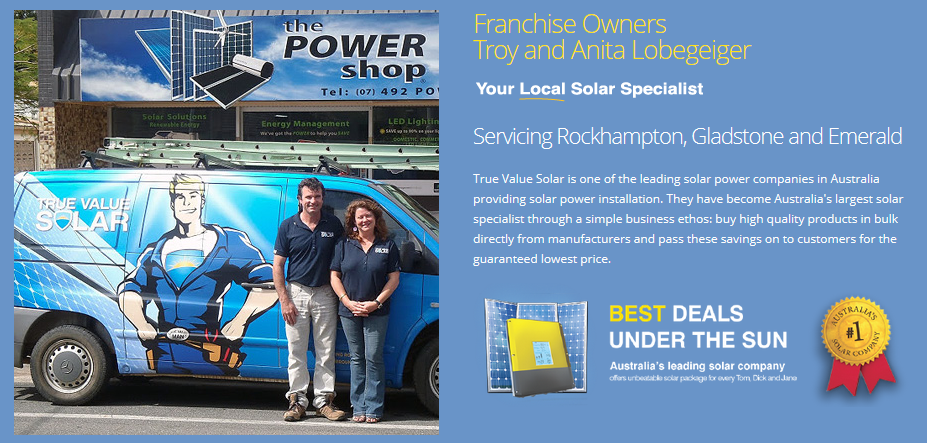In 2004, about 23% of all residential natural gas used was consumed by water heating, taking up about 12% of total residential energy expenditure. The percentage has steadily increased in the subsequent years. Heating water is now considered one of the biggest sources of greenhouse gas emissions in Australia today, second only to automobile usage.
The Australian government is now encouraging all households and community organizations to switch to solar hot water technologies. With the recent boom of off grid solar panels, more and more people are taking advantage of the generous benefits solar water heating can provide.
Solar water heating (SWH) systems are comprised of several renewable energy technologies and innovations. These systems are now widely used not only in Australia, but in Austria, India, Spain, Turkey, and China as well.
DESIGN
The basic design of a “pump-circulated” SWH system is comprised of a storage tank, mounted on the ground or on the floor below the roof-mounted solar panels. A circulating pump moves the water between the tank and the collectors. Water flows from the storage tank up to the roof, is heated by the solar panels, and then flows back down to the storage tank.
In a “close-coupled” SWH system, the storage tank is horizontally mounted above the solar collectors or panels on the roof. No pump is required in this system. The thermosiphon flow allows the hot water to naturally rise into the tank.
Both SWH systems are designed to deliver hot water for most of the year. In some cases, like winter or rainy seasons, there might not be enough solar power to sufficiently heat the water. When this happens, boilers or electric boosters are used for secondary heating.
ADVANTAGES
One of the biggest advantages of using SWH systems are the savings that follow. Studies show that electricity used for water heating can be cut in half, although the actual figures depend heavily on the climate where you live. Warm, sunny places have a better chance of more savings as compared to those that experience wintry or rainy climates.
Another advantage is the corresponding reduction in pollution. Residential greenhouse gas emissions would be brought down by at least another 50%. Installing a SWH system conserves nonrenewable fuels for other applications other than simply water heating.
CONCERNS
Probably the number one drawback to SWH is the price. The savings alone are worth it, but the immediate price of installing one is considerably daunting. A new gas or electric water heater can reach a maximum of $500. A SWH can reach anywhere from $1000 to $3500 for system and installation. A sizable amount can be reduced from the price through self-installation, but professional help is still highly recommended.
You’ll get the money back in savings, of course, but it will take quite a bit of time before you recoup the upfront investment.
Some other valid concerns are temperature and water quality. While countries with higher temperatures are ideal for SWH, areas with cold climates may not even allow SWH systems due to the risk of freezing. If your home’s water is hard or acidic, you may also not be a candidate for an active system, as acidic water can corrode the system components.
Despite the valid concerns, most households are still opting to install SWH systems, as the advantages arguably outweigh the disadvantages. Thanks to technological advancement, it’s becoming clear that heating water and powering houses are not the only things a solar power in Australia can do.
